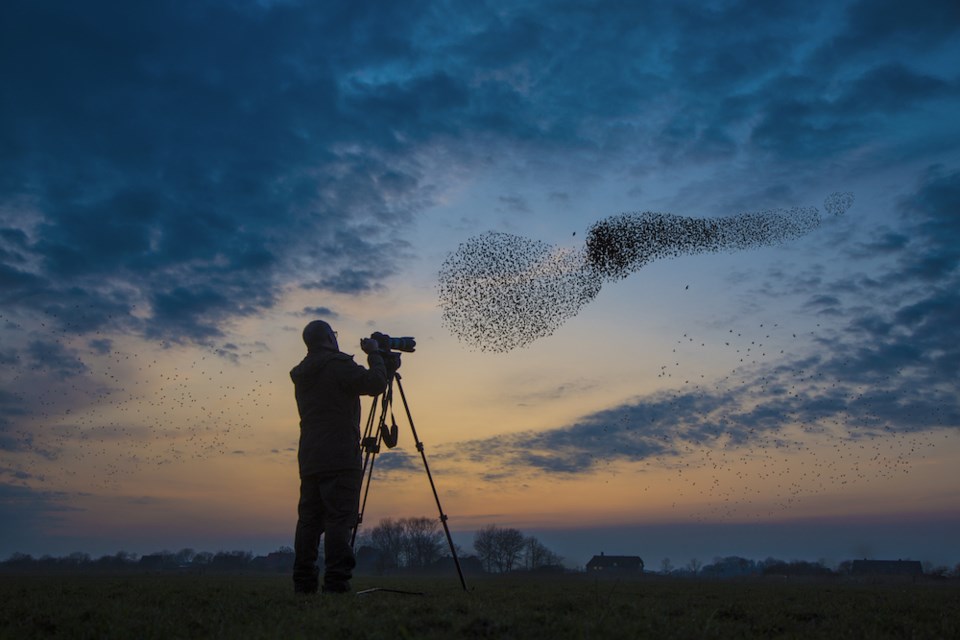As this is written (May 27), we await only three more migrant species, before the full complement of our breeding birds have arrived for the summer. In most years, all of our bird species arrive by May 31. The three remaining species are black swift, common nighthawk, and red-eyed vireo. Black swifts are never common and somewhat erratic in occurrence; they winter in Mexico. Nighthawks are usually the very last species to appear, often on the last two days of the month; they winter in South America. Red-eyed vireo, one of four local vireo species, usually appears after May 24 (but none reported so far this year), and winter in western Amazonia. All three species are completely insectivorous, so early arrival, before their insect prey is reliably present, is not recommended.
In addition to the three species above, the usual fourth last species to arrive is willow flycatcher, a classic LBJ (little brown job in birder lingo). They often arrive on May 18, but there was a single report this year on the 24th, followed by birds widely reported on the 25th, indicating a mass overnight arrival. Willow flycatcher is one of our commonest summer birds.
There has been a general trend for our migrant species to arrive a few days late this year. I am not in a position to offer competent analysis of that, but the reasons can be complex. The weather here has been sunnier and drier than normal, with temperatures fairly normal. However, the weather in areas that migrants pass through on their way here may be more important than our weather. Local weather, of course, impacts things that are critical to birds, such as blooming of vegetation, insect hatches, etc.
So, despite being a few days late, our familiar summer species are now here, with western tanagers, black-headed grosbeaks and cedar waxwings much in evidence, though often only to those who recognize their vocalizations. In the last few days, there have been reports of uncommon migrant species that are only transients to the Coast, on their way to interior breeding areas such as the Okanagan and Cariboo. The rarest of these species was a sage thrasher, found and photographed by John Hodges at Gospel Rock on May 22, and only the third record for the Sunshine Coast. Sage thrasher is a rarity in Canada, with its breeding range extending north only to the southern Okanagan. John also found a mourning dove at the Wilson Creek estuary on the 26th. Lazuli buntings are regular May migrants in small numbers to our area and have been present at Gospel Rock since the 21st. The species has rarely bred on the Sunshine Coast. A Bullock’s oriole, uncommon in our area, was also located at Gospel Rock on the 26th.
To report your sightings or questions contact me at [email protected] or 604-885-5539. Good Birding.



